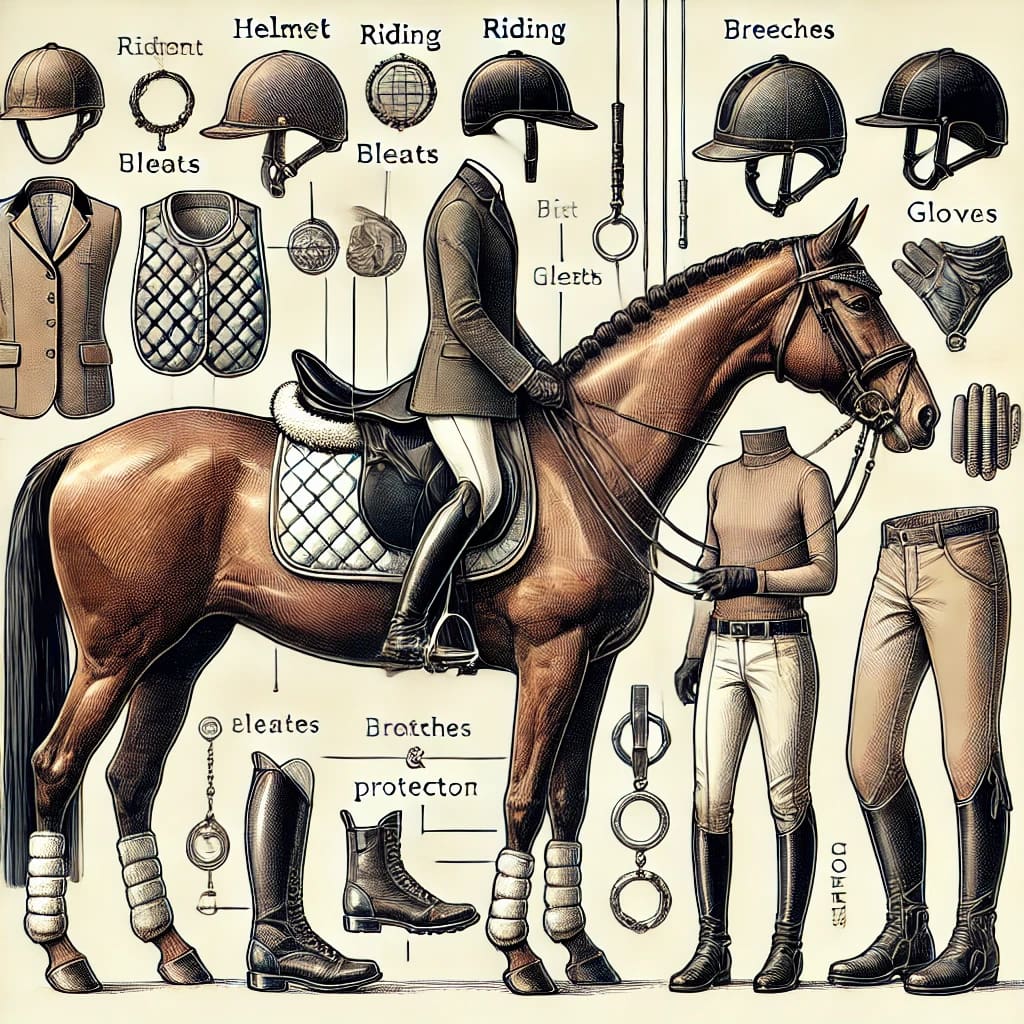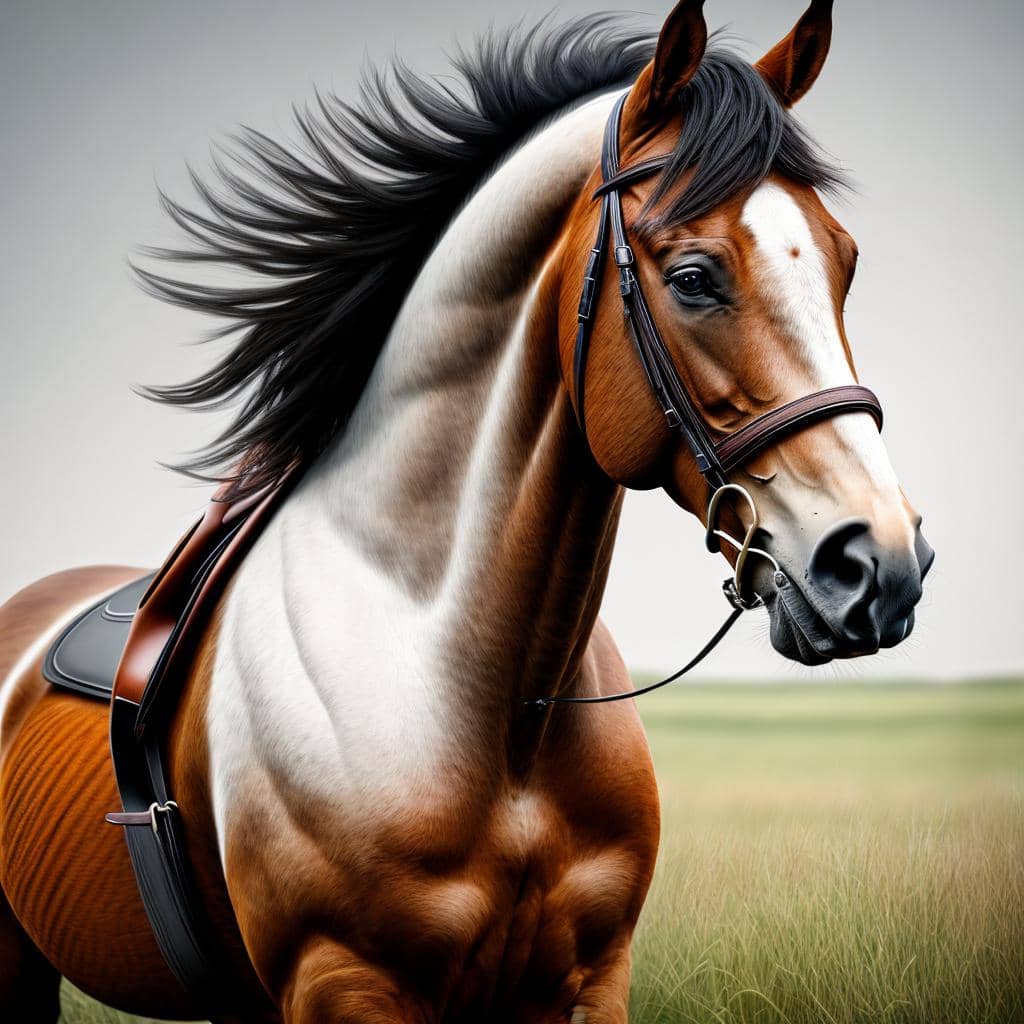
Best Practices For Training A New Horse
Taking home a new horse is exciting, but it’s crucial to understand their natural behavior and instincts. Horses are herd animals, naturally wired to rely on their group for safety and guidance. This instinctual behavior can play a significant role in how your horse reacts to new environments or situations. Recognizing this can help you manage their responses and ease any anxiety they might feel.
One of the first steps in creating a strong bond is assessing your horse’s temperament and personality. Each horse is unique, with distinctive likes, dislikes, and quirks. Spend time observing your horse in different situations to identify what makes them comfortable or anxious. This understanding will guide you in tailoring your training approach to fit their needs and strengths.
Building trust and rapport with your horse lays the groundwork for future training. Start by spending quality time together outside of formal training sessions. Engage in activities that allow them to feel safe and cared for, such as grooming or leisurely walks. Consistent, gentle interaction will help establish you as a reliable presence and encourage your horse to trust and respond positively to you.
Equipment and Safety Essentials
Having the right equipment is all about creating a safe and comfortable environment for both you and your horse. Tack that fits well is essential to prevent discomfort or even injury. When picking out a saddle or bridle, proper fitting is key. It’s wise to consult with a professional, especially if you’re unsure about what will work best for your horse’s body type and the type of training you’re planning to do.
Safety gear isn’t just for riders jumping or racing. Every rider – regardless of experience or discipline – should make use of helmets and boots with proper grip to minimize the risk of accidents. Reflective gear can be a lifesaver if you’re riding in low-light conditions. Prioritizing safety gear can help you focus more on effective training and less on potential hazards.
Creating a safe training environment involves more than just having the right gear. Examine the space where you’ll be working with your horse. A clear, open area free of obstacles is ideal, especially when starting out. It’s also important to maintain this space, ensuring that fencing is secure and there are no sharp objects or clutter that could cause harm. A well-maintained area keeps the focus on building skills rather than avoiding accidents.
Establish a Routine
Creating a consistent routine is essential when training a new horse. Horses thrive on predictability, which helps them learn more effectively and reduces stress. Establish a schedule that balances training, rest, and social interaction, taking into account your horse’s energy levels and behavioral cues.
Planning a balanced routine includes allowing for a mix of activities to keep your horse engaged. Complement more intensive training with periods of free time and socialization, possibly alongside other horses, to encourage mental and physical enrichment.
As you work with your horse, remain flexible. Their needs might evolve over time, requiring adjustments to your routine. Be attentive to cues that indicate boredom or fatigue—shifting the schedule to keep them engaged but not overwhelmed is part of the process.
Routine doesn’t mean rigidity. Adjust based on your horse’s responses and progress. In doing so, you help them remain eager to learn and build a resilient partnership.
Groundwork Basics
Groundwork lays the foundation for a well-trained horse. Starting with simple exercises can establish the respect and communication needed for more advanced training later on. It’s not just about teaching commands; it’s about setting the tone for your relationship.
Basic exercises, like leading the horse on a loose lead or teaching them to back up with light pressure, can be incredibly valuable. These exercises encourage responsiveness to your cues and help the horse understand what you’re asking for before you even climb into the saddle.
It’s important to keep an eye on how your horse is responding to these initial exercises. This isn’t a one-size-fits-all approach—some horses pick things up quickly, while others need more time. Patience is essential; rushing can hinder progress and create unnecessary stress.
Watching for signs of readiness to move on to more advanced tasks is a part of the process. If your horse responds well and seems relaxed, that’s a good indicator they’re ready for the next step. Celebrating these small victories can build their confidence and set the tone for successful long-term training.
Saddle Training Techniques
Introducing the saddle to your horse involves patience and a step-by-step approach to ensure comfort and acceptance. Start by letting your horse become familiar with the saddle and tack in a relaxed setting. Allow them to sniff and nudge the saddle, offering reassurance to ease any apprehension.
Gradually, move to placing the saddle blanket and saddle gently on their back without securing it. Observing their reaction is crucial; if they seem uncomfortable, take a step back. This process should be free of pressure, creating a positive initial experience.
Once they’re comfortable, slowly begin securing the gear, checking for any signs of discomfort. Proper adjustment prevents soreness and resistance. Remember, this phase isn’t about rushing to mount. It’s about letting the horse get used to the feel of the saddle and weight of the girth.
Recognizing discomfort signs, like pinned ears or fidgeting, helps address issues before they escalate. If your horse seems stressed, it might help to go back a step and proceed at a slower pace.
Riding should commence only when your horse is entirely at ease with the saddle’s presence. All these careful steps ensure the transition to riding is smooth and enjoyable for both you and your horse.
Develop Effective Communication
Communicating effectively with your horse is fundamental to successful training. It involves a blend of verbal and physical cues that should be clear and consistent. Start by selecting a few simple commands and stick to them, using the same tone and phrasing each time to ensure the horse understands. Consistency here helps the horse make connections between your cues and their actions.
Equally important is understanding your horse’s body language. Horses communicate a lot through gestures and movements. Learn to read these signs, whether it’s the flick of an ear or a shift in weight, to gauge their comfort level and readiness to engage. This mutual understanding can enhance your training sessions and lead to better results.
The technique of pressure and release is crucial in teaching your horse responses to commands. Applying gentle pressure and immediately releasing it when they perform the desired action rewards the horse and reinforces the right behavior. This approach requires timing and sensitivity, ensuring the horse gets clear feedback about their actions.
Communication isn’t just about getting your horse to respond; it’s about listening and adjusting your methods based on their feedback. Maintaining an open line of communication builds trust and encourages your horse to try new things without fear. This ongoing dialogue between horse and trainer creates a more harmonious partnership.
Problem-Solving Common Training Issues
Training a new horse isn’t always smooth sailing. Addressing behavioral issues effectively is crucial for progress. Common problems, like bucking or refusal, often stem from misunderstandings or discomfort. It’s important to evaluate if there is an underlying cause, like poor saddle fit or health issues, contributing to these behaviors.
When facing training roadblocks, adapting your techniques to suit the individual needs of your horse can make a difference. Not every method works for every horse, so be willing to try different approaches. Sometimes, taking a step back to reassess the situation and address any foundational gaps can bring significant improvement.
Professional guidance can be invaluable when you hit persistent challenges. Enlisting an experienced trainer provides a fresh perspective and can lead to breakthroughs in your horse’s behavior. They may spot subtle cues or suggest techniques you might not have considered.
Developing a patient approach to problem-solving encourages positive changes without adding stress. By remaining calm and consistent, you create a reassuring environment for your horse to learn and succeed, even when progress seems slow. Remember, setbacks are a part of the process, and overcoming them makes both the trainer and horse more resilient.
Maintain Physical and Mental Health
Ensuring your horse maintains good physical health is as crucial as the training itself. Regular veterinary check-ups help catch any health issues early and keep your horse in peak condition. Vaccinations and proper dental care are fundamental elements of your horse’s health routine.
Considering the nutritional needs of your horse is vital. A balanced diet tailored to their age, activity level, and any specific health needs keeps them energized and ready to learn. Consulting with a veterinarian or equine nutritionist can provide guidance on the optimal feed and supplements.
Mental well-being is equally important. Horses can experience stress just like humans, which can impact their overall behavior and performance. Offering variety in training and social activities can prevent boredom. Turnout time with other horses also aids in reducing anxiety and keeps their minds sharp.
Recognizing early signs of burnout, like loss of interest or changes in behavior, allows you to intervene before it affects their health. Adjusting your training routine to include more rest or different activities can help restore their enthusiasm.
Balancing physical and mental health creates a well-rounded horse that’s eager to engage and ready to take on training challenges. A healthy horse is a happy and cooperative partner in every sense.
Continue Education and Advanced Training
Advanced training opens doors to specialized skills, whether it’s dressage, jumping, or trail riding. Establishing a strong foundation allows you to explore these areas confidently when your horse is ready. Identifying which discipline suits your horse’s natural abilities and temperament makes this step fulfilling and effective.
Tracking your horse’s progress becomes essential at this stage. Monitor improvement not just in skill, but also in confidence and willingness to attempt new things. Adjust the training regimen accordingly to keep them progressing without feeling pressured or frustrated.
Setting new challenges within the advanced training scope keeps things exciting. Introducing new exercises gradually can help maintain engagement without overwhelming them. Always ensure they’re physically and mentally prepared to handle the new tasks to foster a positive learning environment.
Encouraging lifelong learning benefits both horse and trainer. Attending clinics and courses can provide fresh insights and techniques. This commitment to ongoing education supports continuous improvement and enjoyment for your horse, enhancing your mutual bond and achieving training milestones together.
Shop tip
Understanding horses on Amazon



